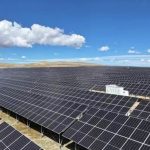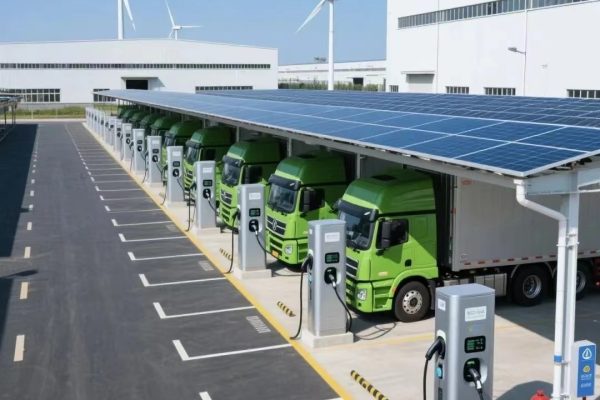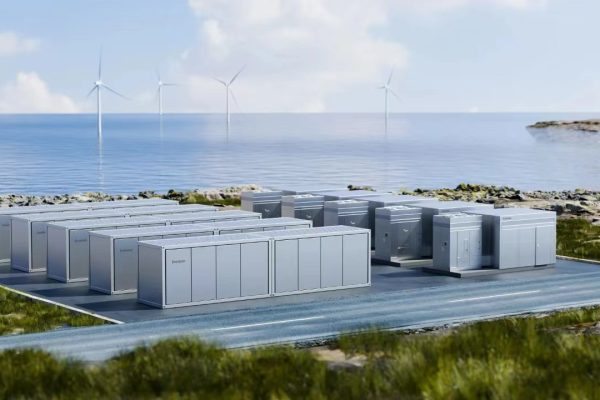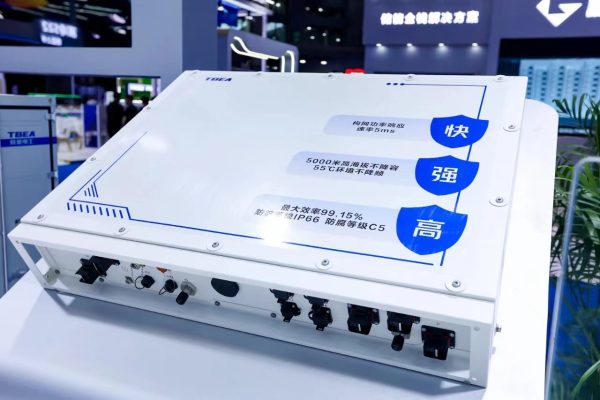Choosing the Right Design for Small PV+ESS Projects
When planning a solar + battery system for a home, small business, or off-grid site, one of the first decisions is where to install the solar array: on the roof or on the ground. While this choice may seem simple, it has significant technical, financial, and logistical consequences—especially when battery storage is involved.
This article compares rooftop and ground-mounted layouts in small-scale PV+ESS systems (typically 3–50 kW), helping buyers, EPCs, and project developers make informed layout decisions.
☀️ Rooftop Installations: Pros, Cons & Best Uses
Rooftop installations are common for residential and small commercial users. They leverage existing structures, often saving space and cabling.
✅ Advantages:
- Cost-effective: No need for additional structures or land
- Shorter DC cable runs = lower voltage drop
- More secure against theft or physical damage
- Natural ventilation can aid cooling under panels
⚠️ Challenges:
- Limited space restricts total PV capacity
- Structural strength must be verified
- Orientation and shading may not be optimal
- More difficult access for cleaning or maintenance
🏠 Best Use Cases:
- Homes or shops with solid, tilt-friendly roofs
- Urban or peri-urban environments with high land cost
- Where security and compact design are priorities
⚡ Storage Consideration:
- Batteries typically go indoors, in utility rooms or garages
- Ventilation and temperature control are crucial for lithium packs
- Fire code compliance (e.g., distance from living spaces) must be observed
🌱 Ground-Mounted Systems: Pros, Cons & Best Uses
Ground-mounted systems offer flexibility in orientation, tilt, and size, often favored for larger small-C&I or rural installations.
✅ Advantages:
- More flexible design: Tilt, azimuth, and spacing can be optimized
- Easier access for cleaning and O&M
- Scalable—can expand later by adding more panels
- Ideal for East–West layouts to spread generation
⚠️ Challenges:
- Requires dedicated land area
- Higher CAPEX due to support structures and fencing
- Longer cabling between array and battery/inverter
- Potential for theft or animal interference if not protected
🏭 Best Use Cases:
- Farms, schools, clinics, or remote facilities with open land
- Projects needing >10 kW of PV capacity
- Ground conditions suitable for post driving or ballasting
🔋 Storage Consideration:
- Battery and inverter can be co-located near the ground array in a container or cabinet
- Requires planning for shading, cooling, and dust protection
- Often easier to install modular battery enclosures
⚙️ Key Comparison Table
| Factor | Rooftop | Ground-Mounted |
|---|---|---|
| Space Efficiency | Limited to roof area | Scalable based on land availability |
| Installation Complexity | More constrained (angles, safety) | More labor, but flexible layout |
| Cooling & Maintenance | Harder to access | Easier panel washing and inspection |
| Cable Length | Shorter (lower losses) | Longer DC runs may require upsizing |
| Battery Location | Indoors or adjacent room | Cabinet/container near inverter |
| Security | Naturally safer (elevation) | Needs fencing/monitoring |
| Structural Requirements | Must assess roof strength | Need strong soil or foundation base |
🔍 Design Tips for Integrators and Buyers
- For hybrid systems with 5–10 kWh batteries, rooftop + indoor battery is often more cost-effective and compact.
- For projects ≥15 kW PV or ≥20 kWh storage, ground-mount becomes attractive due to layout flexibility.
- Consider hybrid layouts: rooftop for base load, ground for expansion.
- Always check fire codes, ventilation requirements, and lightning protection.
There’s no universal “better” option — rooftop vs. ground-mounted comes down to the site conditions, project goals, and storage design. For buyers and EPCs, understanding the interplay between layout, inverter location, and battery integration is key to delivering stable, efficient, and safe systems.









